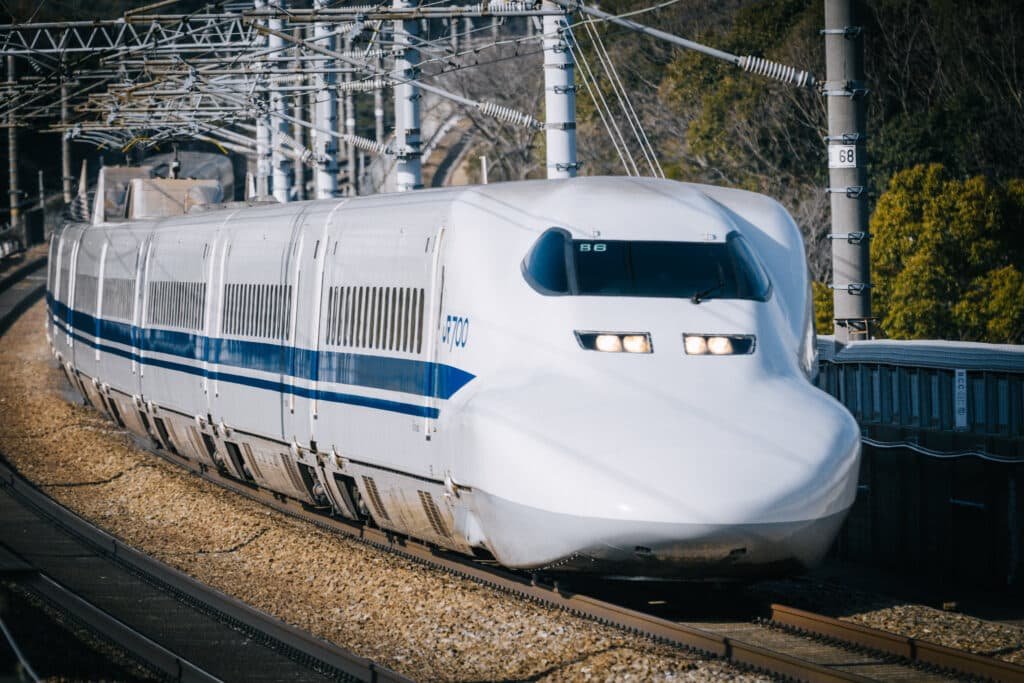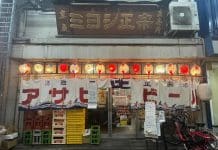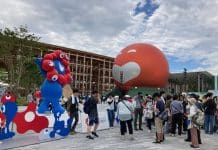
Each week, here at Osaka.com, we bring you a selection of some of the top stories about Osaka making the local and national news here in Japan. Sometimes it’s serious, sometimes it’s funny, but it’s always direct to you, from Osaka.
Here’s a look at some of the stories hitting the headlines in Osaka this week
Osaka Merger Plan Back on the Agenda

As Osaka continues to bounce back from the recent Coronavirus outbreak, the city’s mayor, Ichiro Matsui, hopes to finish what his predecessor, Toru Hashimoto, started.
Matsui announced over the weekend that he hopes to put the idea of merging the bureaucracies of Osaka City and Osaka Prefecture into one body, creating an “Osaka-To” along the same lines as the Tokyo Metropolitan government that oversees that city’s 23 Wards.
According to Matsui, not only would this plan save the prefecture a great deal of money, as services that overlap between the two separate agencies would be eliminated, but it would also improve transparency and accountability by making it easier and simpler for citizens to know exactly who is managing which project and where they are based.
As a former Osaka Prefectural Governor, prior to becoming mayor of Osaka City, Matsui knows well the challenges that face both the city and prefectural governments and feels that it is time to once again reconsider former mayor (and also former governor) Hashimoto’s plan for a merger.
The original plan was defeated by the slimmest of margins the first time around back in May of 2015. Of the over 1 million votes cast, a difference of less than 11,000 votes gave the “No” camp a victory by a margin of just 0.76%.
It was believed at the time that the decision of both the ruling party and main opposition parties to throw their support behind the “no” side, deeming the merger unnecessary, was what swung many undecided voters to vote against the proposal.
However, the dynamics of regional politics have shifted somewhat since then, with the Osaka Ishin No Kai party, a strong supporter of the reforms, winning both gubernatorial and mayoral elections in Osaka in recent months.
With Matsui himself still scoring popular ratings among pollsters, he probably thinks now is as good a time as any to ask the question once again.
The vote has been tentatively scheduled for November but this will of course depend on how moves to contain Covid-19 progress over the coming months, in the hope that we can avoid the dreaded “second wave”. More will no doubt follow on this story in the weeks ahead.
Osaka Biotech Firm Makes Virus Breakthrough

AnGes Inc., a biotech company based in Osaka, announced this week that it hopes to have a vaccine for the Covid-19 New Coronavirus ready by early next year.
Their DNA based vaccine candidate uses a different approach to conventional vaccines. Instead of seeking to boost the body’s immune response to fight off the virus, DNA based vaccines instead disable the “protein spikes” on the outer edges of virus cells. This means they cannot infect healthy cells as they would need to in order to replicate within the body.
AnGes had something of a head start on the competition as their vaccine candidate is actually a repurposed vaccine originally designed to guard against hypertension. As a result, the vaccine base has already cleared many of the safety and other regulatory hurdles that other vaccines are currently trying to navigate.
As things stand, AnGes’ DNA-based vaccine is one of 10 vaccines worldwide that has reached the clinical trials stage. Another 3 or 4 times this number are currently moving through pre-trial testing.
Human testing of the vaccine is expected to begin in the next couple of weeks, with results expected early in September.
A representative for the company acknowledged that “challenges” remain in terms of establishing a viable supply chain and up-scaling manufacturing to the point needed to produce enough vaccines to cover everyone who needs them. However, they hope that by going public with their latest results they can attract the investment and infrastructure needed to make it happen.
And Finally….

One possible casualty of the ongoing Coronavirus pandemic that won’t be missed by most of us, is the blatant and shameless price-gouging of the travel industry.
With annual holidays for workers in Japan so few and far between (some workers have as little as ten days of paid leave per year), most workers are restricted to vacationing around the times of national public holidays.
As a result, the likes of Golden Week in May and Silver Week in late September, can see flight and hotel prices in Japan rise by as much as 500% compared to just a week or two earlier.
This, coupled with the coronavirus outbreak, has prompted the government to get more directly involved, and push for staggered holidays.
It is hoped that staggered holidays would not only help consumers get greater value for money, but would also ease congestion on popular routes and at highly sought-after destinations. Keeping crowds low is also seen as being integral to preventing a resurgence of the Coronavirus.
In the white paper released this week, as part of wider measures aimed to kick-start the tourism industry “once the outbreak settles down”, the government also advocated the expansion of “workations” where people can spend a few days away from the office but continue to work remotely at their holiday destination.
And that, the notion of taking your work with you on holiday, may be the single-most typically Japanese thing I’ve read all week!
That’s all for now, but be sure to check back again next week for another round of This Week in Osaka!




















